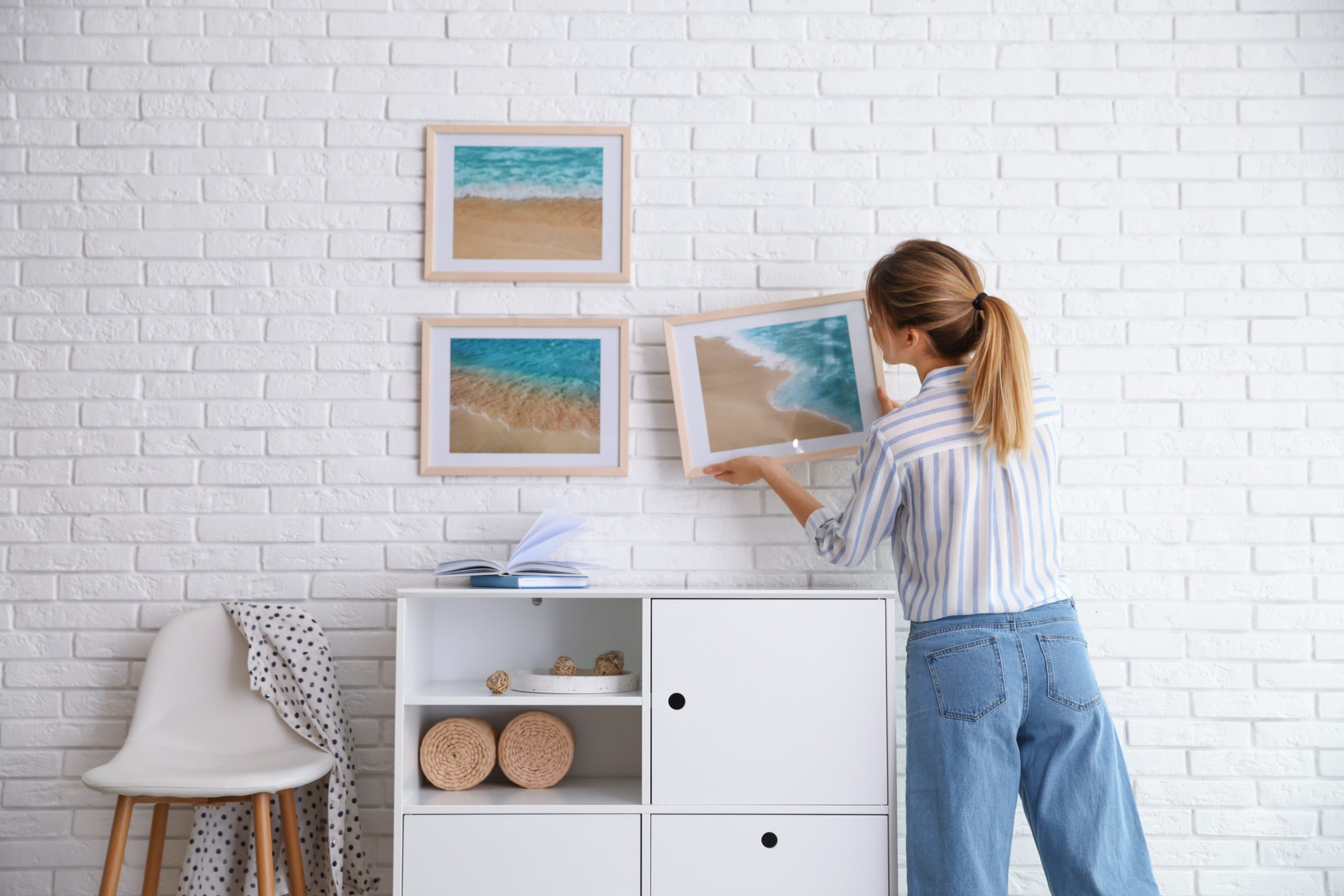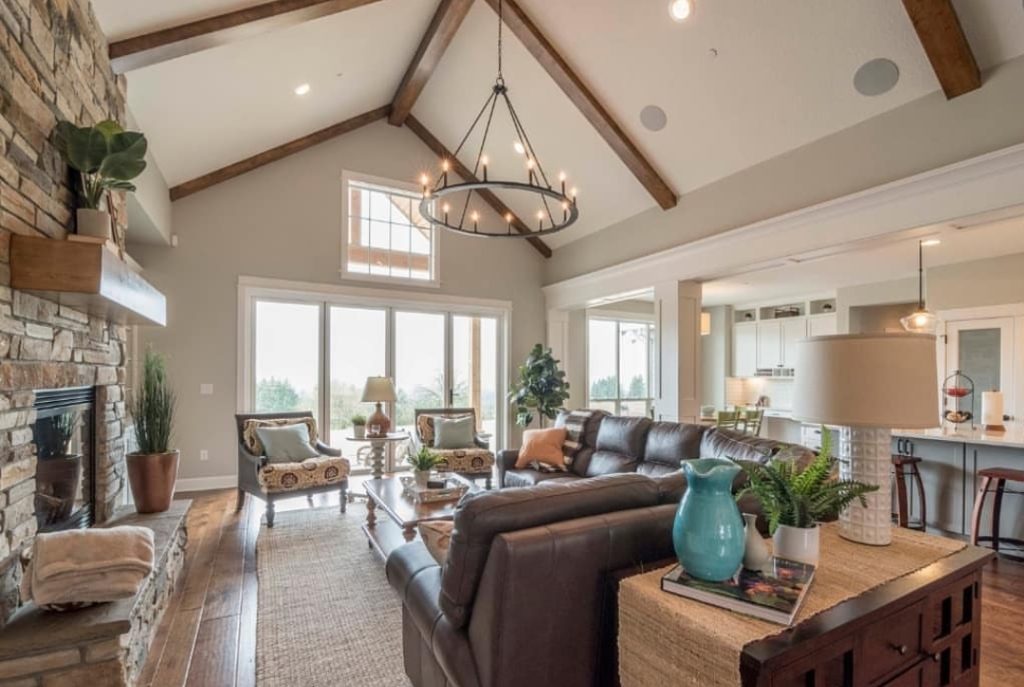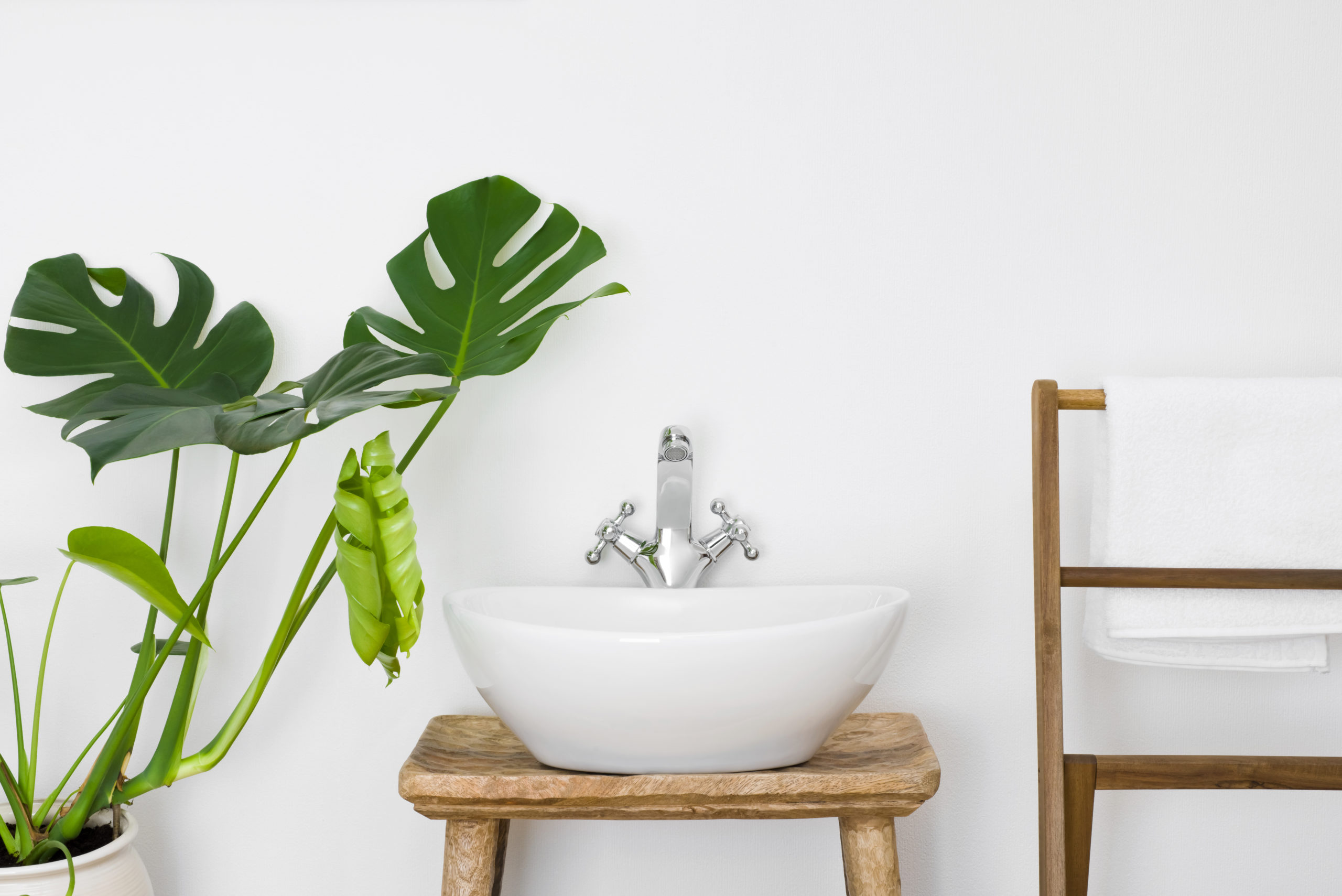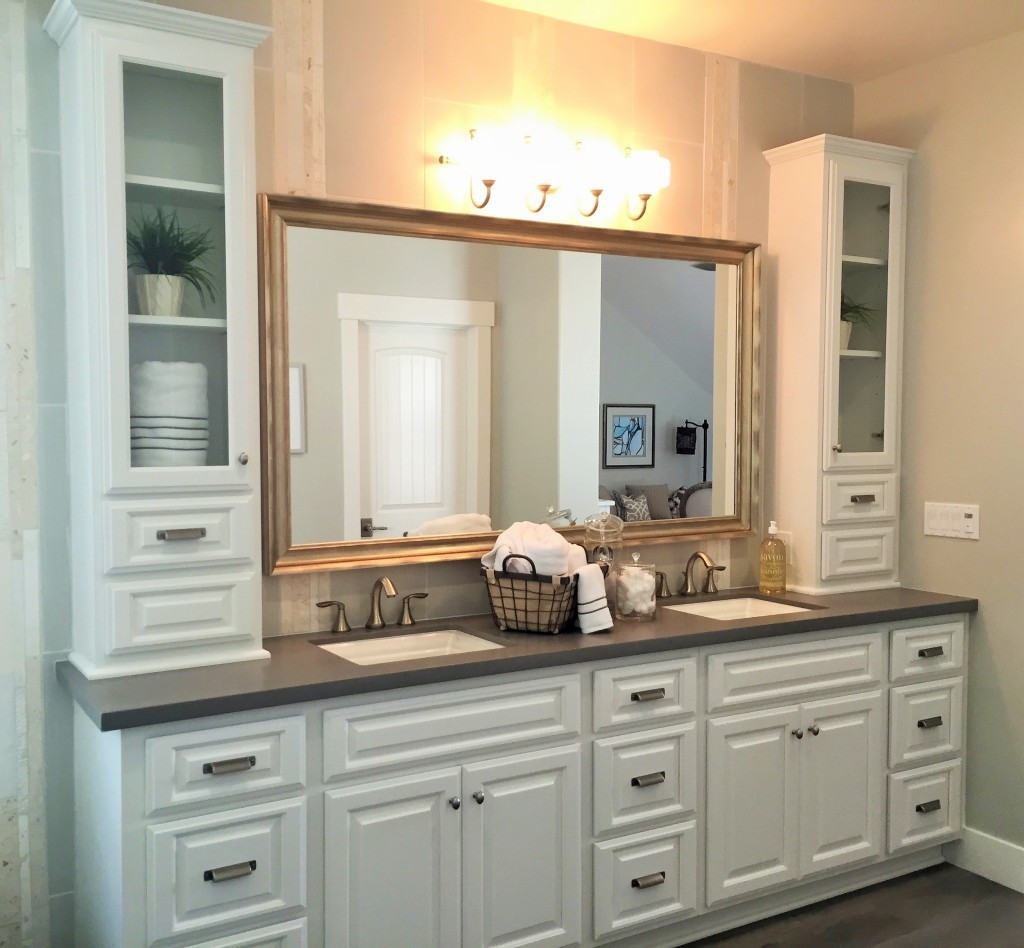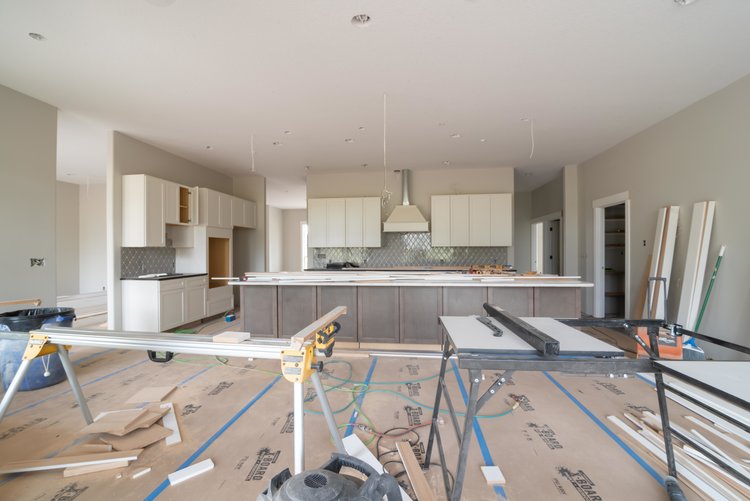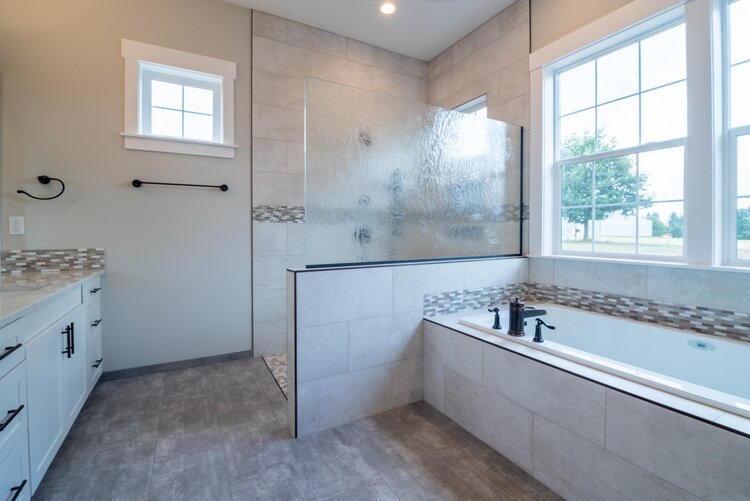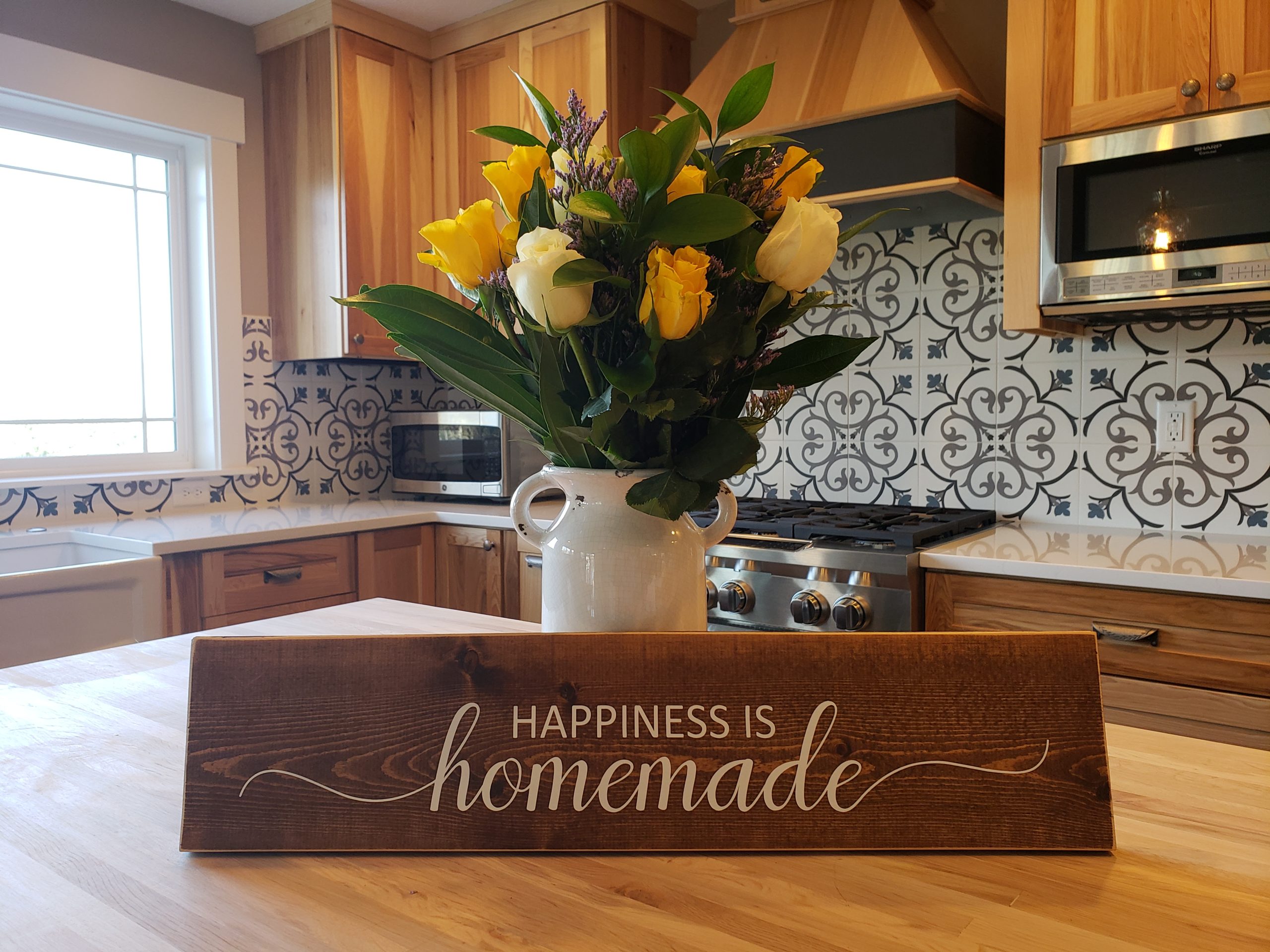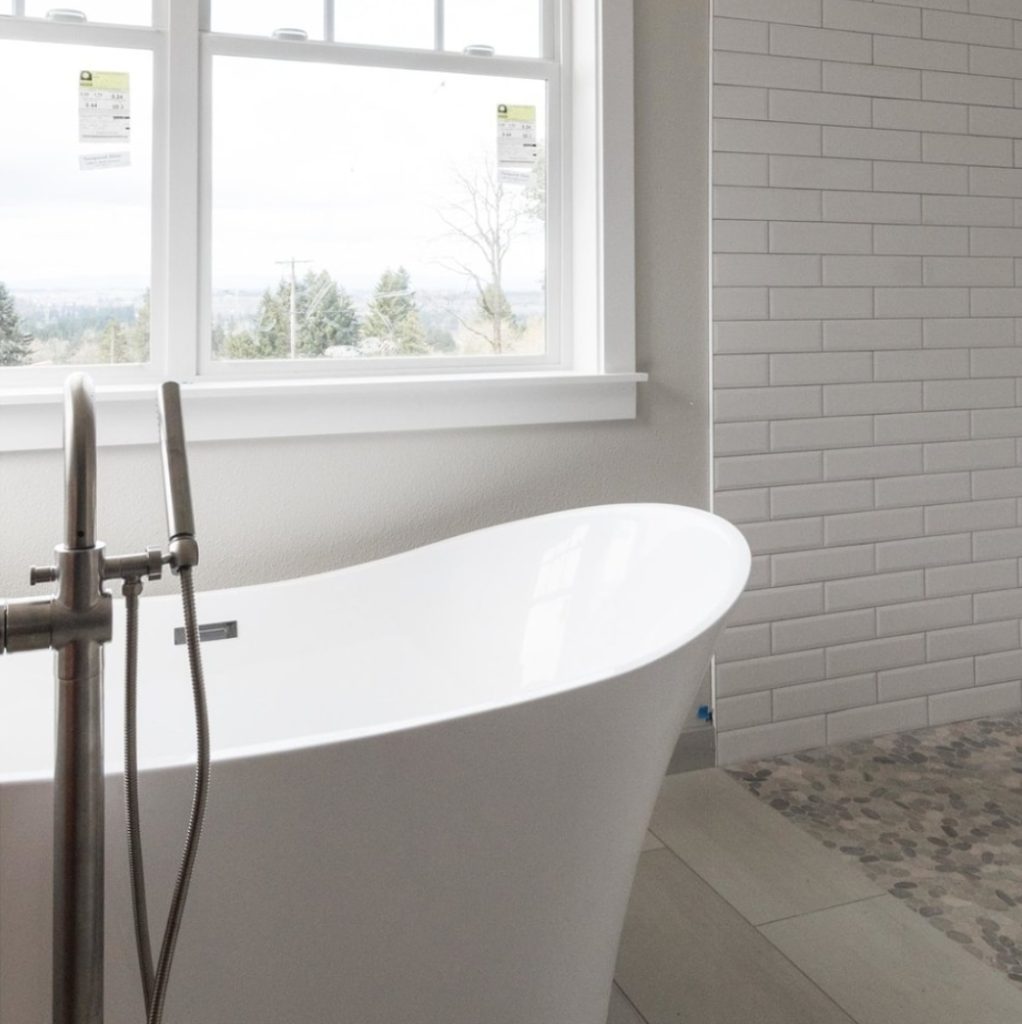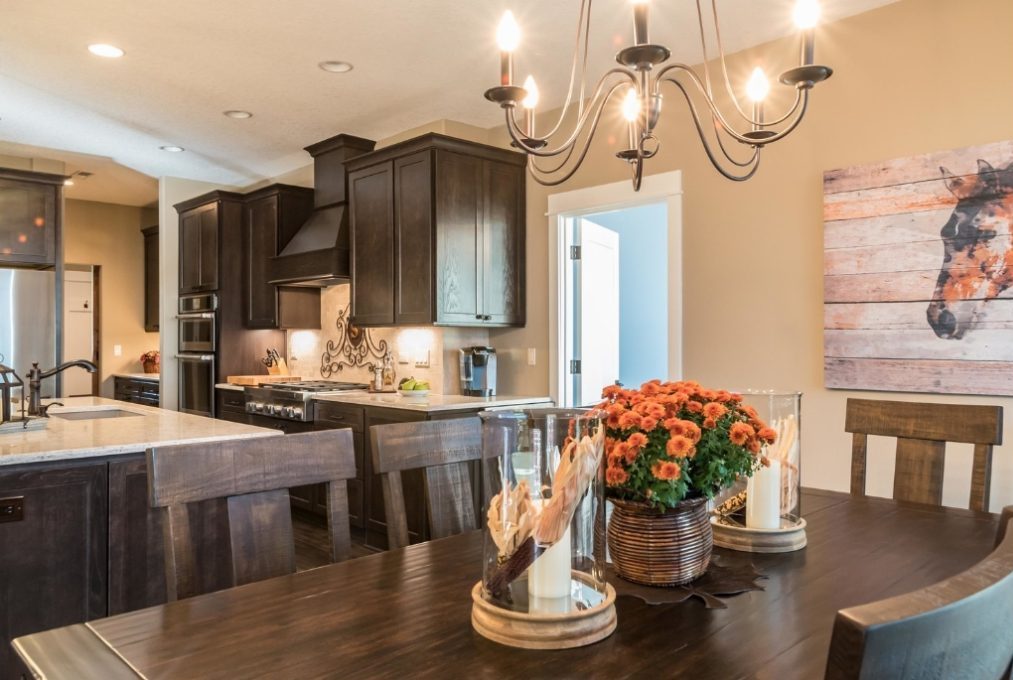With the rise of minimalism in homes around the country, many homeowners are seeking to incorporate modern home design in their houses. However, it is one of the most misunderstood types of interior design. And many people feel confused when they try to adopt this style for their spaces.
Sometimes people mix up modern interior design with contemporary or minimalist design. Although these can overlap, each one is different.
Everyone deserves to have a home that makes them feel safe and comfortable. At Design Elements NW, our goal is to make your home feel like a haven. No matter which style you prefer, we can make it happen. Whether you have new construction or are remodeling your current house, our team will design the perfect oasis for you. Reach out today for a consultation.
Roots of Modern Home Design
Modern home decor and design refer to a specific period. This style began and developed during the first half of the 20th century. It started from Scandinavian and German influences at the end of the 1800s. Rooted in America’s move toward machination and functionality, it has a streamlined aesthetic.

Leaving behind any remnants of fussiness and ornamentation, modern home design adheres to the motto, “form follows function.” That is, all parts of this design style should serve a purpose. If something exists merely for its looks, then it isn’t necessary and doesn’t have a place in authentic modern decor.
Hallmarks of Modern Design
If you enjoy simple, open, and uncluttered spaces, then a modern home design may be the perfect fit for you. Of all the interior design styles, modern decor offers the most streamlined look.
Here are some of the primary characteristics of this style:
- Significant use of natural light – Homes with modern design rely on large windows to allow plenty of light into the home. Artificial light is secondary.
- Visible structural features – In this style of interior design, beams and concrete often remain exposed. Rather than hiding or covering these elements, they are an integral component in the overall look.
- Neutral colors – Modern home decor utilizes mostly a neutral color palette. Earth tones and a monochromatic look feature heavily in this design style.
- Emphasis on lines – You will find few curves in modern home design. Low furnishings with horizontal and vertical lines are characteristic of the modern look.
- Natural materials – Plastics and other synthetic materials don’t have a place in modern interior design. Instead, this style utilizes natural wood, metal, leather, and fibers.
- Reflective surfaces – Glass and chrome are often part of modern decor for their ability to reflect the natural light in a space.
In general, when you want to have a modern interior design scheme, you look for items that are simple, unobtrusive, and have clean lines. Chunky, curvy, ornamental pieces need not apply. This style gives you an open feeling that is free of extraneous pieces.

Contemporary vs. Modern Interior Design
One challenge in understanding modern design is that there is also something called contemporary design. They sound the same, right? Modern/Contemporary. Potato/Potato.
But they actually are different. While the modern style refers to the period in which it came about, contemporary design changes with the times. It has a fluid definition that shifts as styles and likes and dislikes shift.
Contemporary design often incorporates elements of several styles, so sometimes, it includes a modern design look. But it doesn’t remain steady over the generations. As trends change, so does contemporary decor and design.
Is Minimalism a Modern Design Style?
The minimalist lifestyle is a way of living. It involves thinking about each thing you own and whether it serves you a valuable purpose.
Most people who live with a minimalist ethos are careful about what they bring into their homes. The goal is to live a full life that doesn’t pull its joy from having a lot of stuff.
So on some level, minimalism fits well with modern home design. However, you can live a minimalist lifestyle with any design plan. And you can have modern decor without ascribing to minimalism. The two do not have to go hand-in-hand.
How Do You Implement Modern Decor Into Your Home?
If you are eager to give your home a modern interior design makeover, there are many elements you can change or incorporate. The simplest and most dramatic step is to adjust your color scheme.
A fresh coat of paint in neutral tones throughout your home will quickly add a modern touch to your space. And this choice certainly doesn’t mean your rooms will be dull. There is a vast array of options within the neutral family, so take the time to find what you love.
After making your paint choices, take a look at your furnishings. Depending on your budget, you may want to invest in all-new pieces to fit your updated design.
Look for low furniture with straight lines. The furniture should have no fussiness or ornamentation. Remember, its function is the primary concern. The form should align with the function.
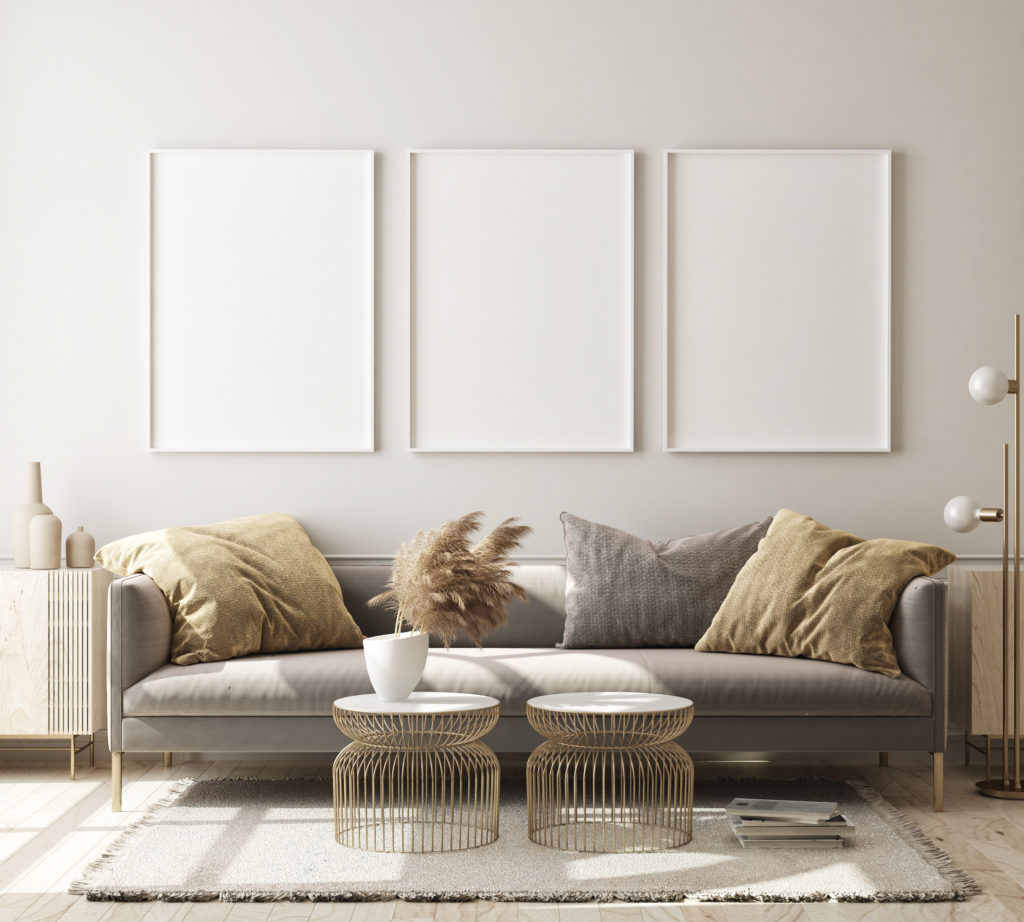
But if that sort of purchase is not in the cards right away, there are plenty of small changes you can make, as well. Consider adding in the following items:
- Woven baskets for storage
- Glass tabletops
- Natural wood end tables
- Natural fiber blankets and rugs
If you happen to be building and designing from the ground up, you have many choices for your modern home. Working with your designer, pay attention to the windows and the structural elements.
Be sure your building plan incorporates oversized or plentiful windows to allow a lot of natural light into the house. And discuss ways to leave beams exposed, if possible. These two design elements will quickly set the style tone for your modern home decor.
Ready for a Change?
Whether you know exactly what you want or have absolutely no idea, Design Elements NW is here to help. Creating a beautiful haven for your home is our number one priority. We take the stress and confusion out of the design process. Our work helps you feel empowered in your choices, and we walk with you every step of the way.
Contact Kym today for your free consultation, so you can start enjoying your stunning new space.







